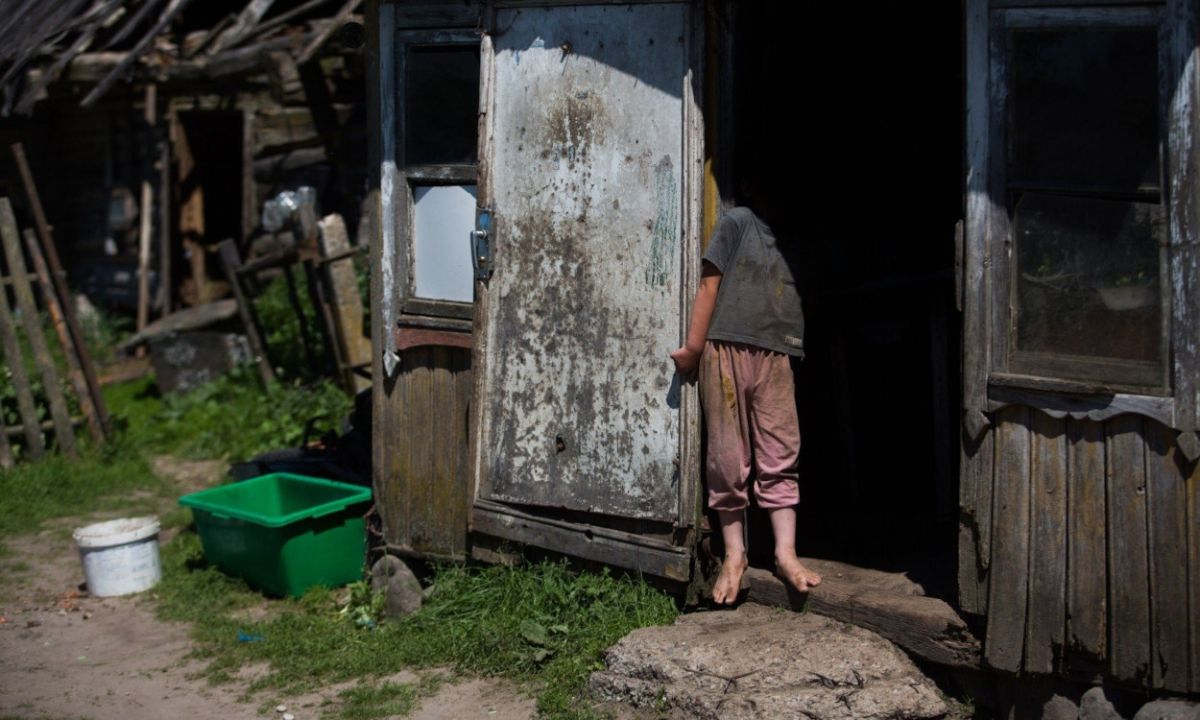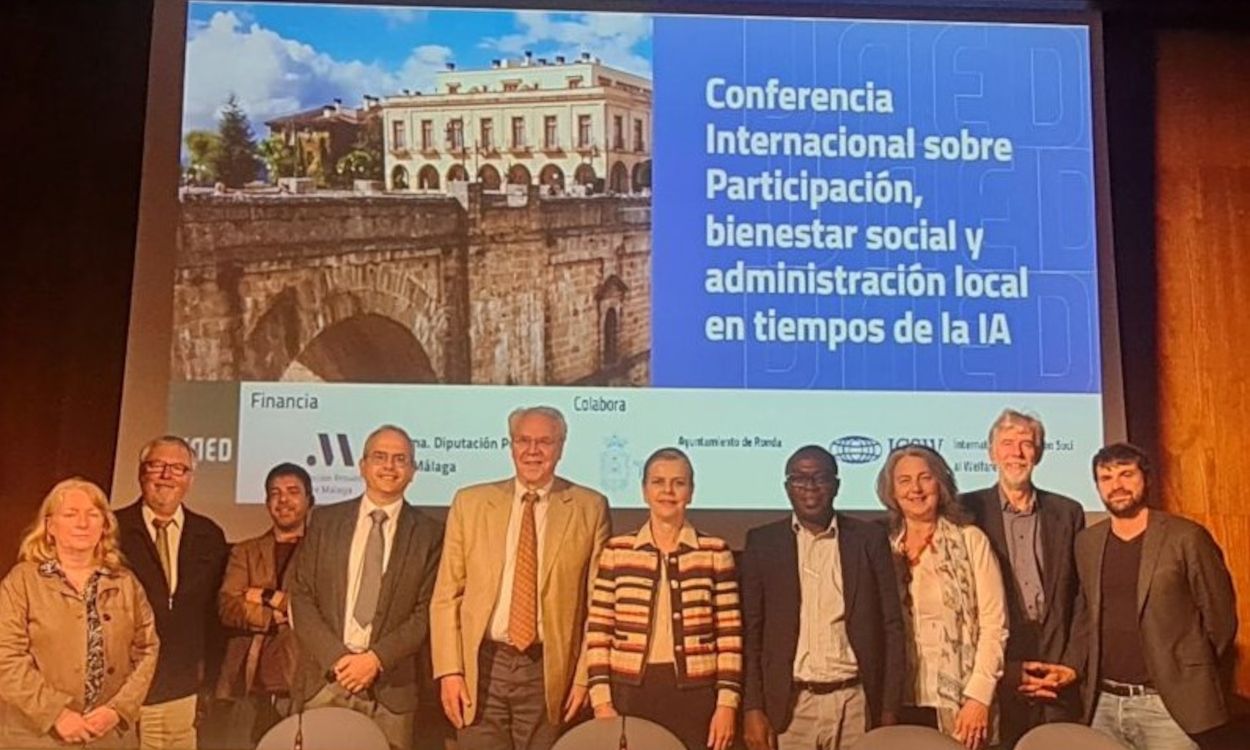A Poverty-Free Childhood Guaranteed? Situation and Developments in Lithuania within the EU Context.

by Jekaterina Navicke
From Europe Newsletter - 04/2023
Lithuania is among the countries with the highest at risk of poverty (AROP) rates in the EU.
Nevertheless, within the last five years the AROP rate for children in Lithuania decreased from the above- to below-average level in the total population (by around 8 p.p. between 2017-2022). It is now also below the EU-27 AROP average for children, where the indicator declined by less than 1 p.p. between 2017-2022. During the same period at risk of poverty or social exclusion (AROPE) rate has also declined by around 9 p.p. in Lithuania, while only by 0.4 in the EU. The steep decline in both indicators in Lithuania was due to numerous socio-economic factors, such as rapid minimum and average wage growth and high employment rates, but also due to the introduction of the universal child benefit in 2017, as well as increased coverage and adequacy of other social benefits. Nevertheless, poverty-free childhood for children in Lithuania is far from being guaranteed. First, the AROP and AROPE measures are still high and do not capture the dramatic change in prices. Secondly, the provision of services to families with children should also be examined.
The key services covered by the European Child Guarantee (EGG) cover high-quality early childhood education and care (ECEC); education and schoolbased activities; at least one healthy meal each school day; and healthcare; and effective access to healthy nutrition and adequate housing. The latest ESPAN report for the EU indicates that the vast majority of the member states have mechanisms in place to ensure that all, or at least low-income, children have access to the services covered by the ECG. However, all 27 countries have challenges to meet. The study presents an overview of the financial and nonfinancial barriers to EGG and a useful classification of those barriers. The presentation investigates the case of Lithuania within the EU context through the lenses of this report. The ECG framework shows that children in Lithuania still face both accessibility and affordability barriers to highquality social and healthcare services. Like in other countries, these mostly affect low-income children from remote and rural areas, as well as vulnerable sectors of the population, such as asylum seekers, undocumented migrants, Roma children, and children with a migrant background.
For more information on the latest ESPAN report on ECG read here.






